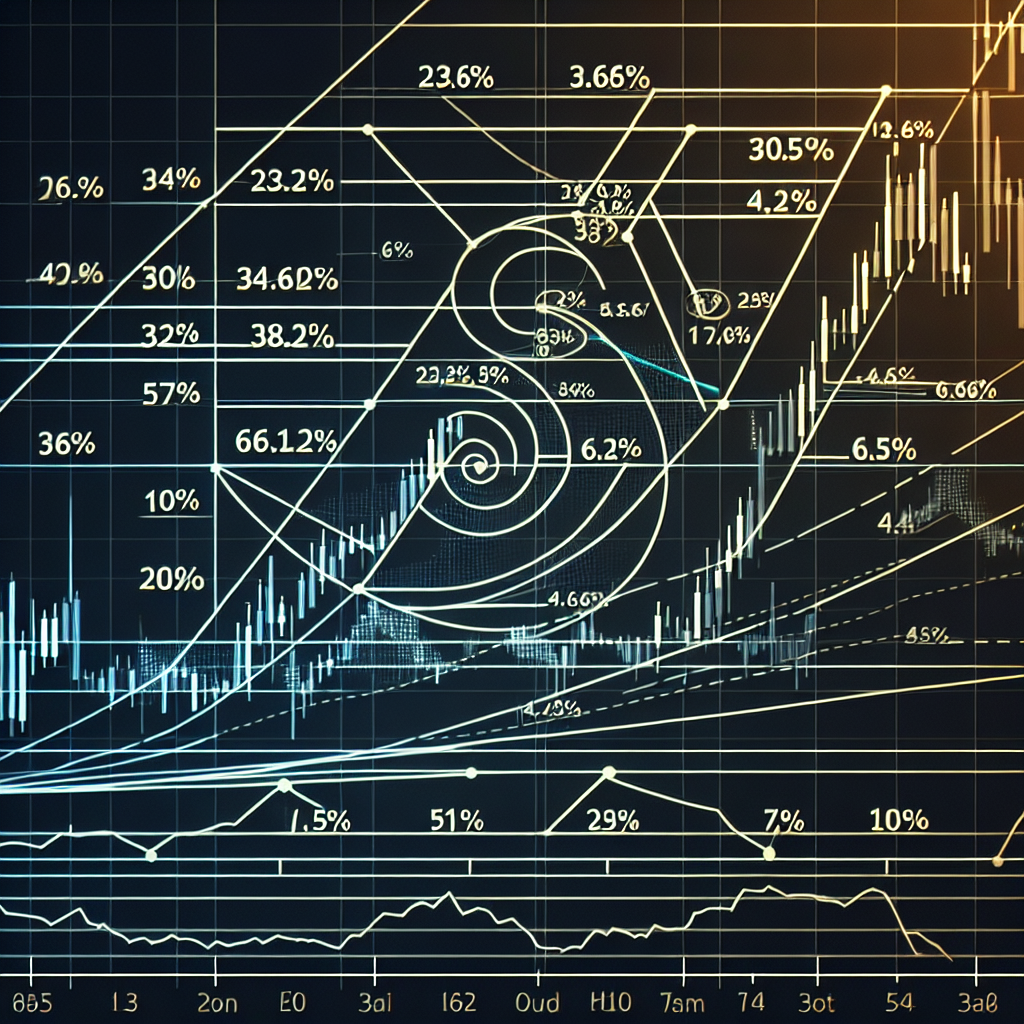# Exploring the Applications of Fibonacci Retracement in Various Fields
Fibonacci retracement is a popular tool among traders and analysts for identifying potential reversal levels on stock charts. This tool is based on the idea that markets will retrace a predictable portion of a move, after which they will continue to move in the original direction. The concept originates from the Fibonacci sequence, a series of numbers where each number is the sum of the two preceding ones. This mathematical sequence has applications extending beyond trading into various fields including nature, architecture, and art. This article delves into how Fibonacci retracement is applied across differing domains, providing a comprehensive understanding of its versatility and utility.
Financial Markets
In the realm of financial markets, Fibonacci retracement plays a pivotal role in technical analysis. Traders use it to identify strategic levels for transactions, stop losses, or target prices.
Identifying Support and Resistance Levels
Traders often apply Fibonacci retracement to pinpoint potential support and resistance levels — key concepts in financial markets indicating where selling or buying pressure might significantly increase, leading to a reversal of the current trend.
Setting Stop-Loss Orders
Investors use these levels to set stop-loss orders effectively. By identifying possible retracement levels, traders can place orders that minimize risk and protect against large market movements against their position.
Entry and Exit Points
Fibonacci retracement can also help in determining the best times to enter or exit a trade. By recognizing where the retracement might pause or reverse, traders can optimize their strategies for maximum profitability.
Nature and Biology
The Fibonacci sequence remarkably appears in various aspects of nature and biology, influencing growth patterns and structures.
Phyllotaxis
This term describes the pattern of leaves on a plant stem, where the angles between successive leaves often follow the Fibonacci sequence. This arrangement allows for optimal exposure to sunlight and rain.
Reproductive Patterns
Some studies suggest that the Fibonacci sequence can be seen in the breeding patterns of rabbits, bees, and even the arrangement of seeds in sunflowers, showcasing the natural occurrence of these numbers in growth and reproduction cycles.
Architecture and Art
The aesthetic appeal of the Fibonacci sequence has not been lost on architects and artists, who have employed its ratios to create visually pleasing and harmonious works.
Design and Composition
Many historical and modern buildings and artworks incorporate the golden ratio, closely related to the Fibonacci sequence, to achieve balance and beauty. This principle has been applied in the design of everything from ancient monuments to modern music.
Photography
Photographers often use the Fibonacci spiral, derived from the sequence, as a guideline for composing their shots. The idea is that subjects placed along the lines of the spiral will appear more aesthetically pleasing and natural.
In conclusion, Fibonacci retracement illustrates the fascinating intersection between mathematics and real-world applications. From its primary use in financial markets to unexpected appearances in nature, architecture, and art, the sequence offers invaluable insights across various domains. Understanding and applying Fibonacci retracement and related principles can enhance not only trading strategies but also appreciation for the natural and designed world.

